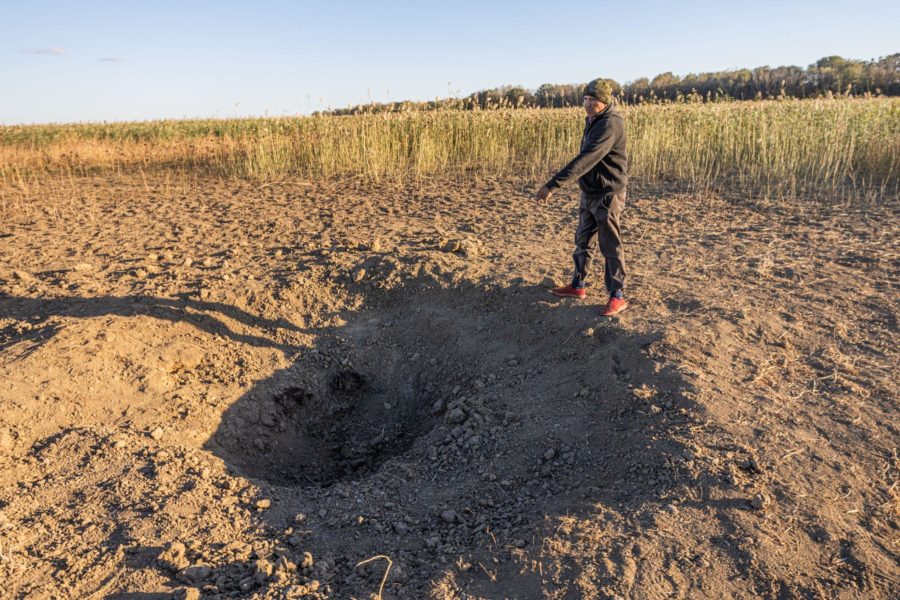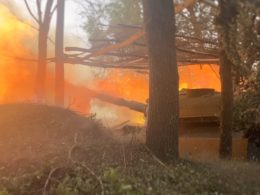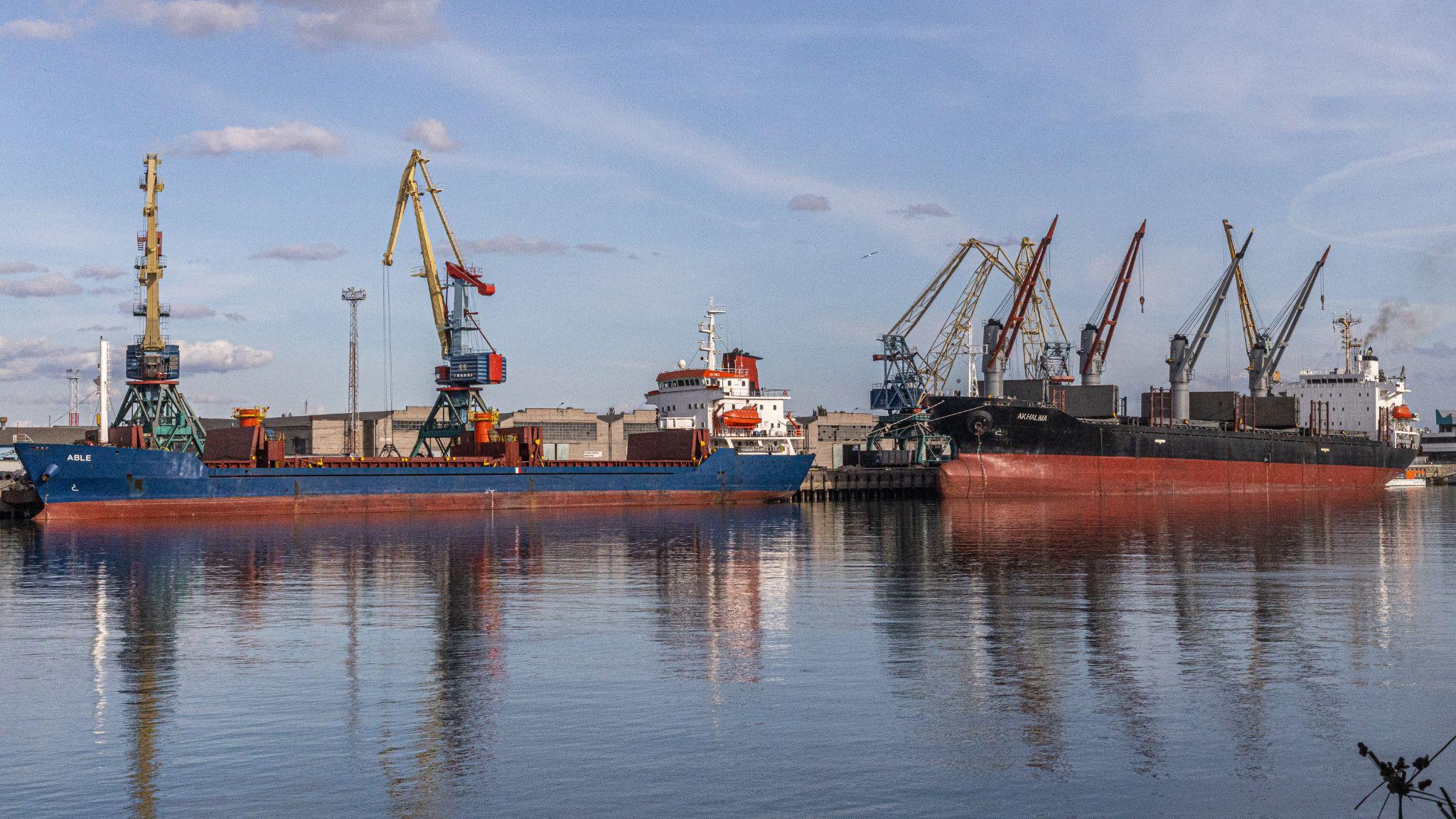
Russian drone incursions: a growing threat to Romanian civilians
Therefore, preventive measures, anti-aircraft shelters and the fear of an extension of the conflict have turned the civilian populations along the Ukrainian border into direct victims of the war. As shown by Gheorghe Puflea, a 71-year-old farmer from Plauru, at the beginning of September, the windows of his house were shattered by the shockwave of a drone that crashed onto Romanian soil, making it the first property damaged by Russian weapons on NATO soil. "The beds were shaking. I could hear the drones humming, and the one that landed in my field was the last one," he says.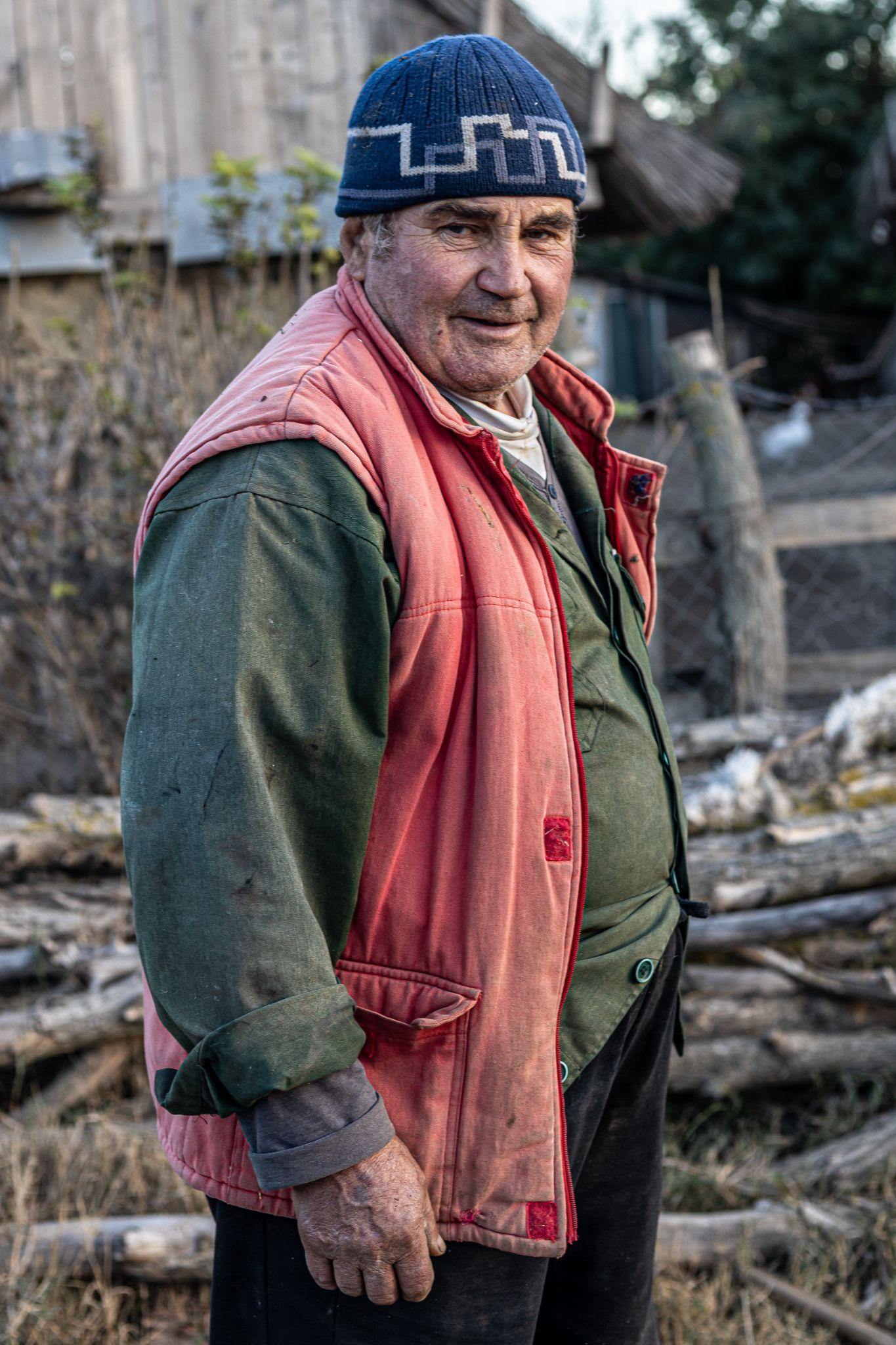
Implications of NATO Article 5 for Romania's security
NATO Article 5, often referred to as the Alliance's collective defense clause, states that an armed attack against one or more NATO members is considered an attack against all members. This article requires each NATO member to come to the aid of the member under attack, potentially invoking a coordinated and collective military response to the aggressor. Events along the Romanian border highlight the need for vigilance as the threat of attacks and intrusions continues to loom as they could potentially trigger Article 5. With these developments, the stakes are particularly high. Any “deliberate” Russian aggression on Romanian territory would not only impact Romania, but could also lead to a broader confrontation within the NATO alliance, further increasing tensions and potentially undermining regional stability. The drones incidents in Romania appears to be glitches to that clause and demonstrates Russia's desire to test the limits of Western collective security organization."We now keep our clothes ready every night" - Daniela Tănase, a 46-year-old resident of Plauru.
As a result, the threat level has escalated, and the residents of Plauru are becoming increasingly uneasy. "We now keep our clothes ready every night," says Daniela Tănase, a 46-year-old resident of Plauru. In an effort to protect the population and ease tensions, Romanian authorities built two anti-air shelters in the small village at the beginning of September. However, as Costel Tănase, a 51-year-old fisherman and husband of Daniela, points out, "the alert came in after the drones went down." He believes that the Romanian authorities' response is far too lax. "What's the point if I go to the shelter after the drones have already fallen?" he asks, emphasizing the need for a more proactive approach to ensure the safety of the residents.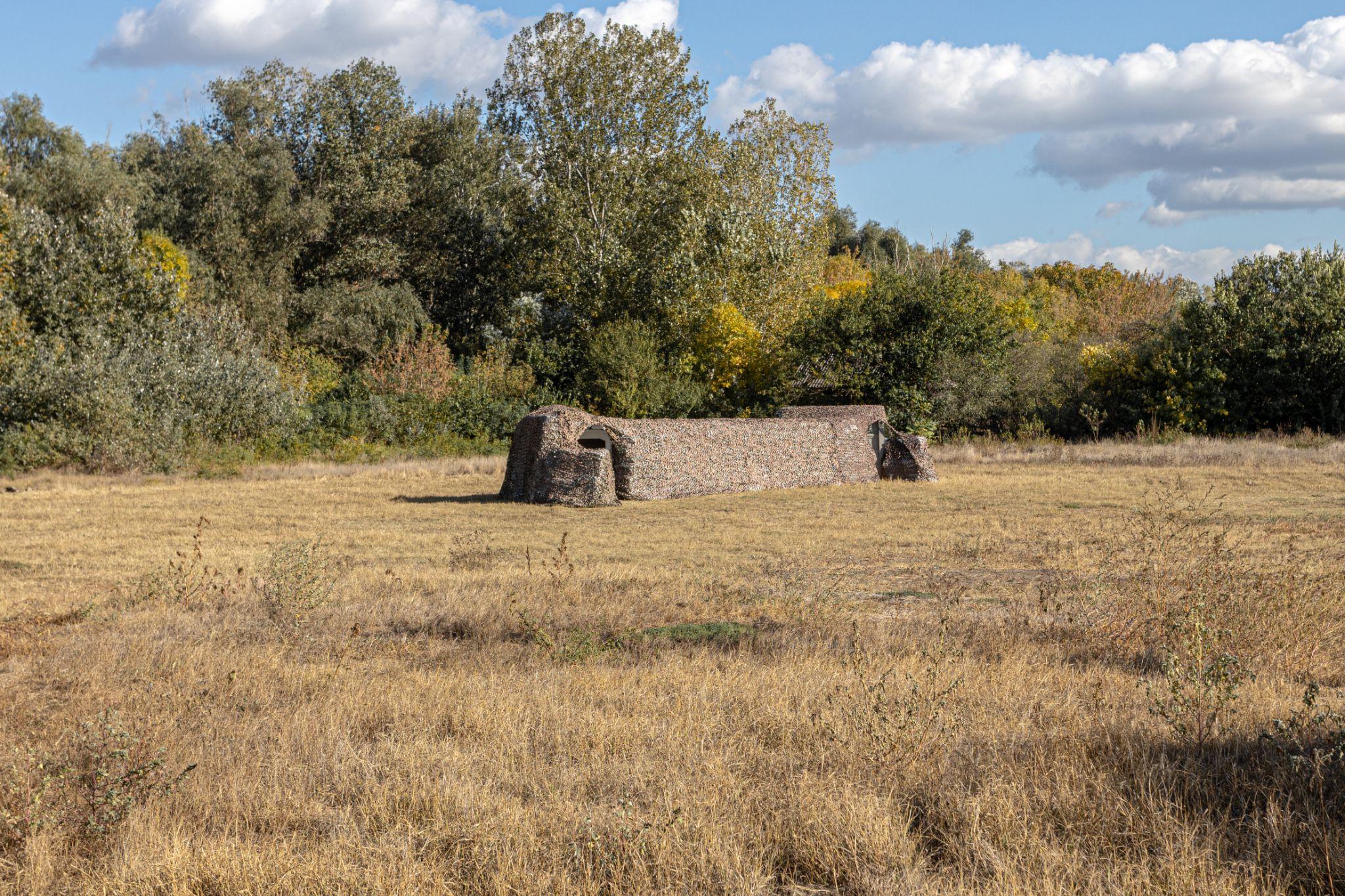
Romania strives to avoid escalation
In theory, a deliberate Russian attack on Romanian territory should trigger a chain of events that would compel the entire Western alliance to retaliate. "There is no indication of any deliberate action to strike Romanian territory, and therefore, NATO territory," reassured Mircea Geoana, NATO Deputy Secretary General. In fact, ever since the drones crashed on Romanian soil, the country's authorities have been at pains to play down the seriousness of these incidents, suggesting that they were simply drones that had been disoriented or hit by Ukrainian defenses. When the first drone fell on Romanian territory, Bucharest initially "strongly contested" the information released by the Ukrainian side, which claimed that an Iranian-made drone had crossed the Danube. However, they were forced to retract their statement after the drone's wreckage was discovered in Plauru. Romania finds itself in a delicate position when it comes to dealing with Russia, and this stance becomes evident in its treatment of Russian diplomats. Unlike several other European countries, which have expelled a significantly higher number of Russian diplomats since the beginning of the full-scale invasion in Ukraine up to the present day, Romania has chosen a more cautious stance, expelling only 51 Russian diplomats, unlike neighboring Bulgaria, which has dismissed 83. Furthermore, Poland stands out, with 74% of its population expressing support for a total cessation of fossil fuel imports from Russia, in stark contrast to 51% in Romania. This balancing policy reflects Romania's attempt to navigate international relations while avoiding actions that could aggravate tensions or conflicts with Russia.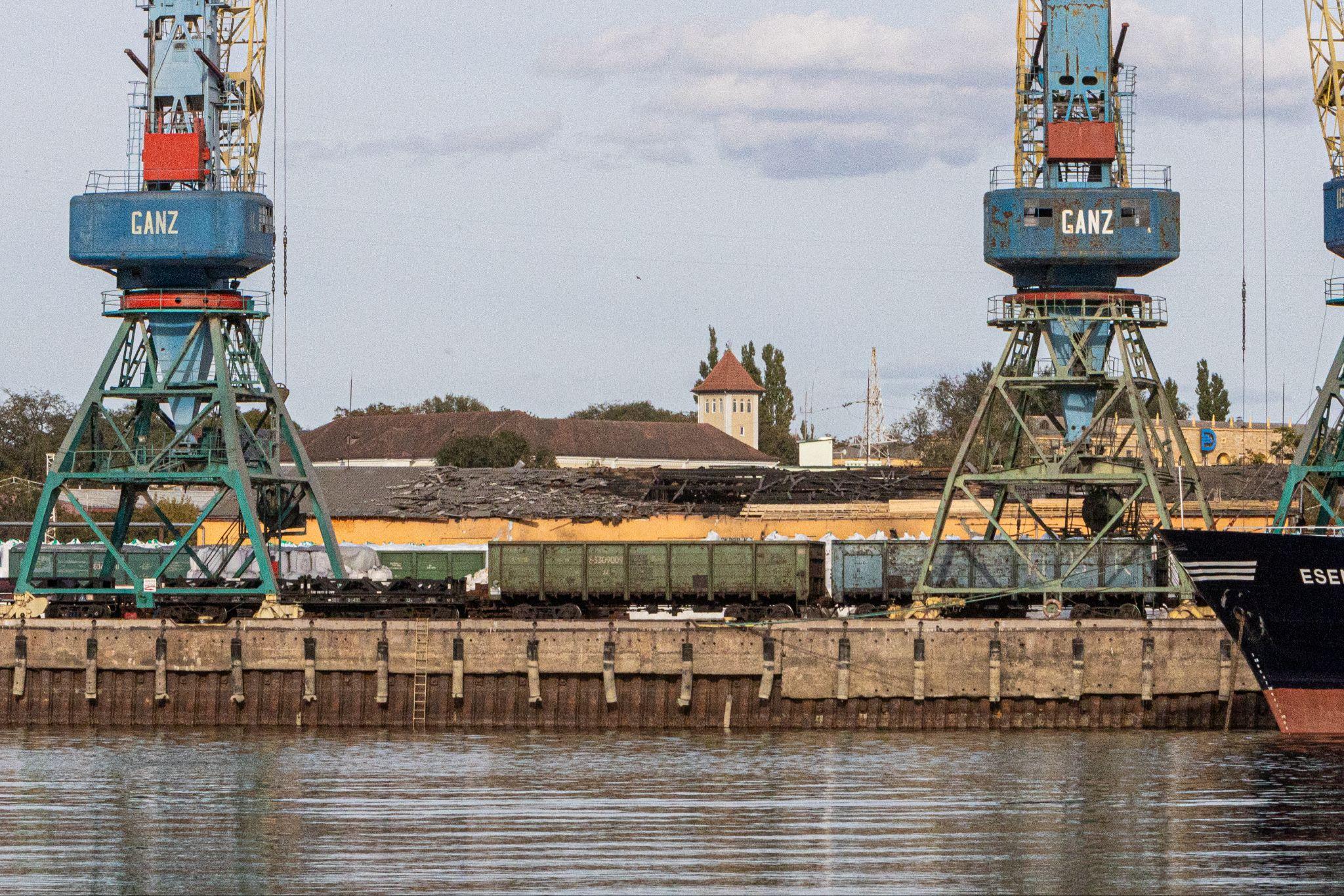
A nuanced public opinion: Western camp divisions in Romania and Poland
Comparing the Romanian reaction to the actions of the Polish authorities, Costel Tănase highlights the contrast: "The Poles bought tanks, guns, and prepared themselves physically and mentally. In our case, the Russians have been bombing for months, and this village has been almost reduced to ashes three times. The authorities kept saying that they are monitoring..." This disparity in preparedness and the repeated damage suffered by the Romanian village underscores divisions within the Western camp, surpassing the conventional "east-west divide." Despite their shared borders with Ukraine and strong government support for Kyiv, Poland, and Romania exhibit marked differences in their public opinion towards the conflict. An ECFR (European Council on Foreign Relations) study from May 2022 highlights notable differences in attitudes toward Russia’s war between Poland and Romania, both frontline nations hosting numerous refugees and historically skeptical toward Russia. While 83% of Poles held Russia accountable for the war, only 58% shared this view in Romania. A crucial distinction also emerged when assessing Russia's role as the primary impediment to peace, with 74% of Poles perceiving it as such compared to 42% in Romania, according to the ECFR study. Despite this, a significant number of Romanians believe their country should bolster Ukraine’s defense. According to an October 2022 study by the Friedrich-Ebert-Stiftung Institute, 40% of Romanians believe the Central European and Baltic States should intensify their military support to Ukraine. These results align with similar sentiments in Lithuania (60%) and Poland (54%). These nuanced variations in public opinion within the Western camp reveal the multifaceted nature of regional attitudes toward the full-scale invasion, challenging simplistic categorizations. However, as long as these attacks continue to occur in such close proximity to the Romanian borders, there remains a significant risk to the local populations. Related:- Media: Voter support surges for AUR party in Romania amid anti-Ukraine disinformation campaign
- F-16 training center for Ukrainian pilots opens in Romania
- Ukraine and Romania strengthen defense ties with new memorandum
- Romania discovers crater on its territory after Russian drone attack on Ukrainian ports

